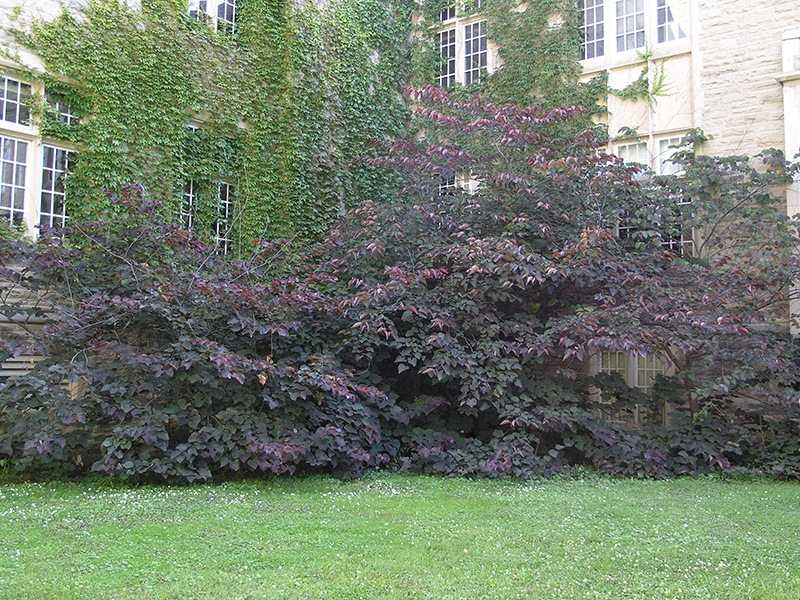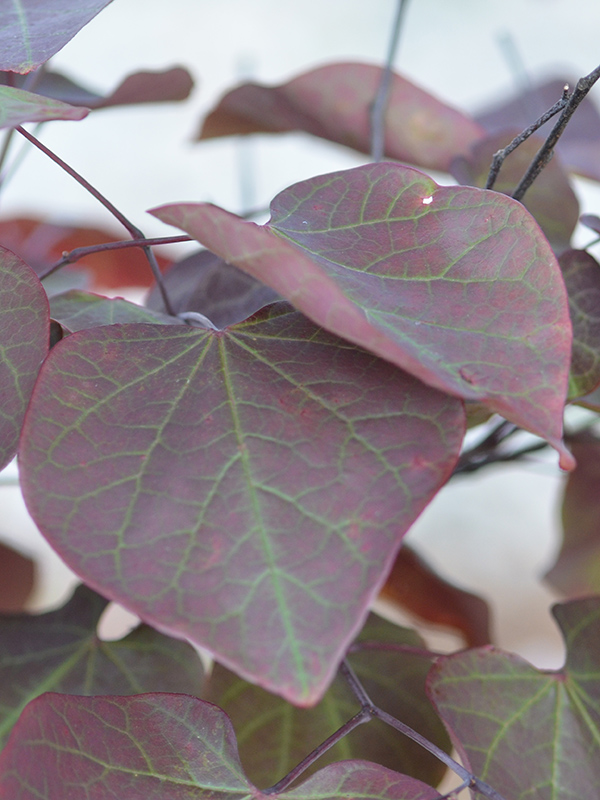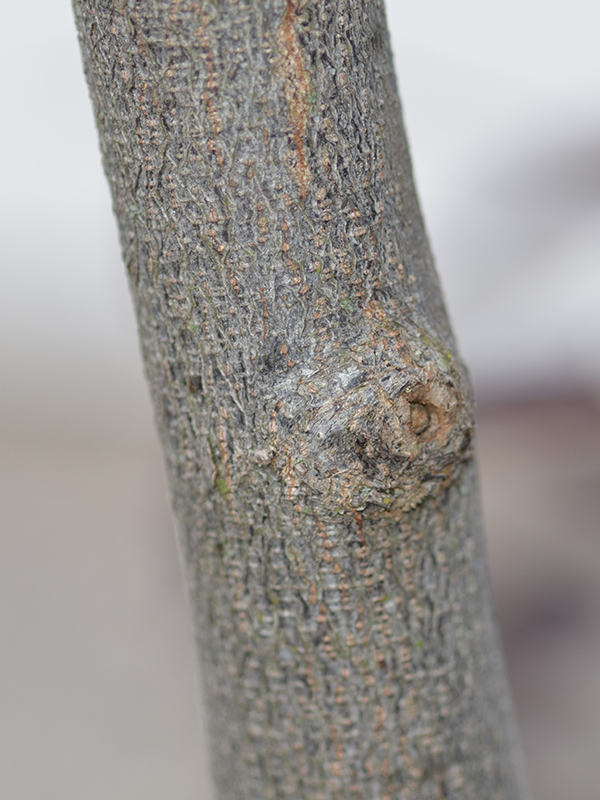| General Description | Deciduous small tree typically wide or broad spreading. |
| ID Characteristic | Large broadly heart shaped leaves. Small, pink flowers usually scarce. |
| Landscape | Low maintenance architectural plant, woodland gardens and street tree. |
| Propagation | Semi-hardwood cuttings and budding on C. canadensis rootstock. |
| Cultivation | Plant in full sun to partial shade in moist but well drained soils. |
| Pests | Canker, verticillium, wilt, leaf hoppers, caterpillars and scale. |
| Notable Specimens | The A.M. Cuddy Gardens, Strathroy, Ontario, Canada. |
| Habitat | Horticultural origin. |
| Leaf Description | Purplish heart-shaped leaves turning a fiery-red in autumn. |
| Flower Description | Small pea-like, rose-purple flowers with dark stems: not as prolific as the species. |



